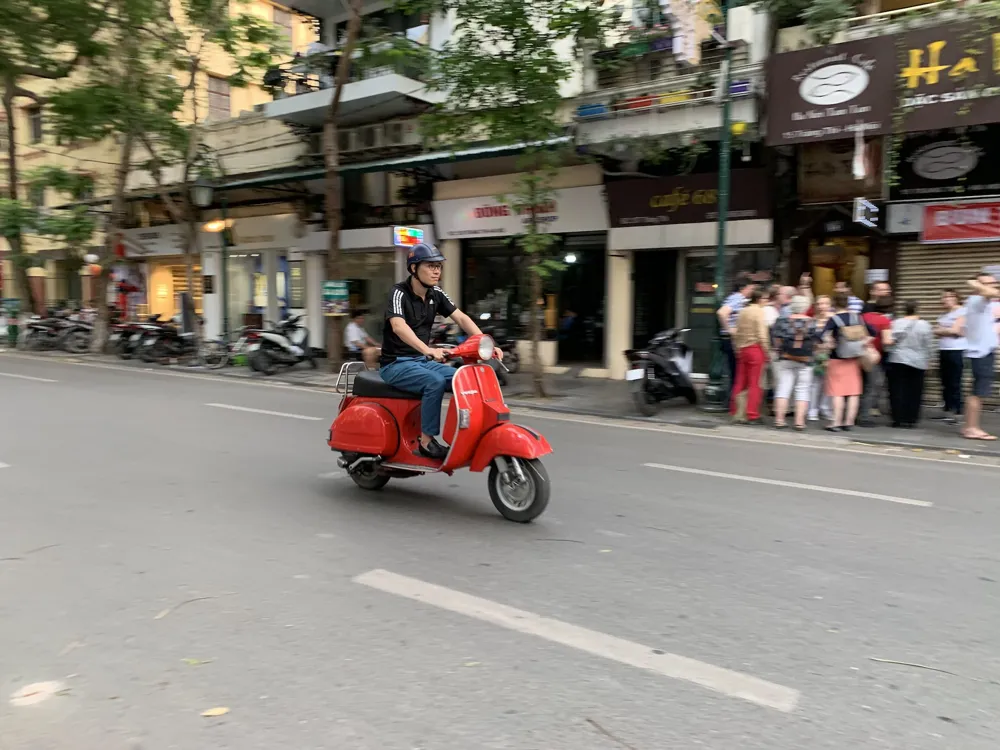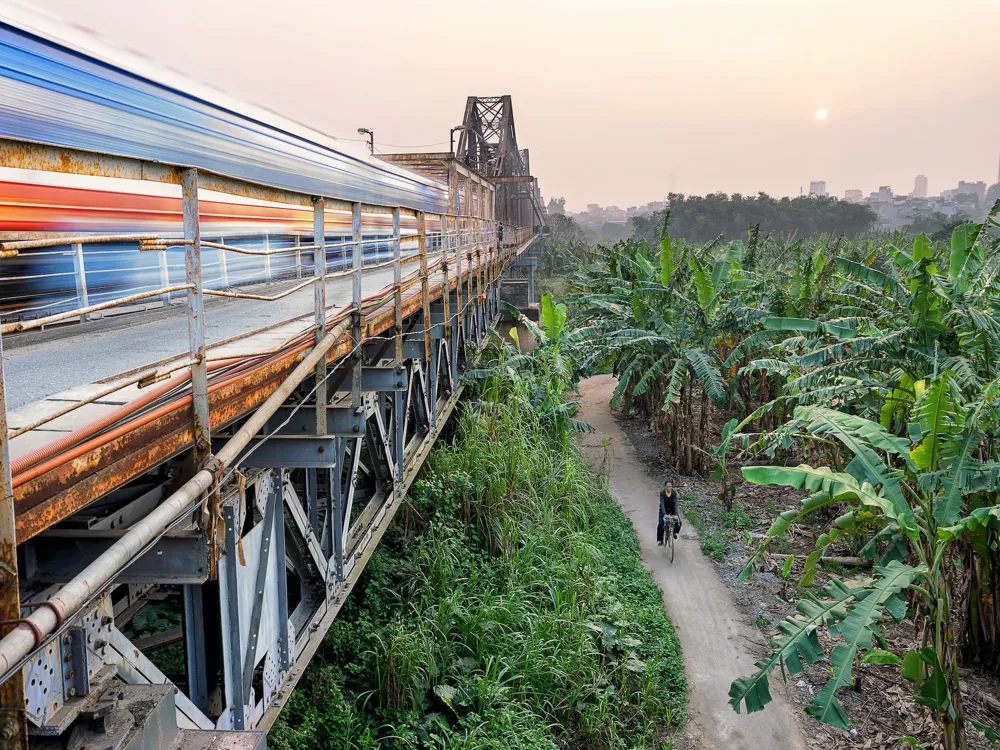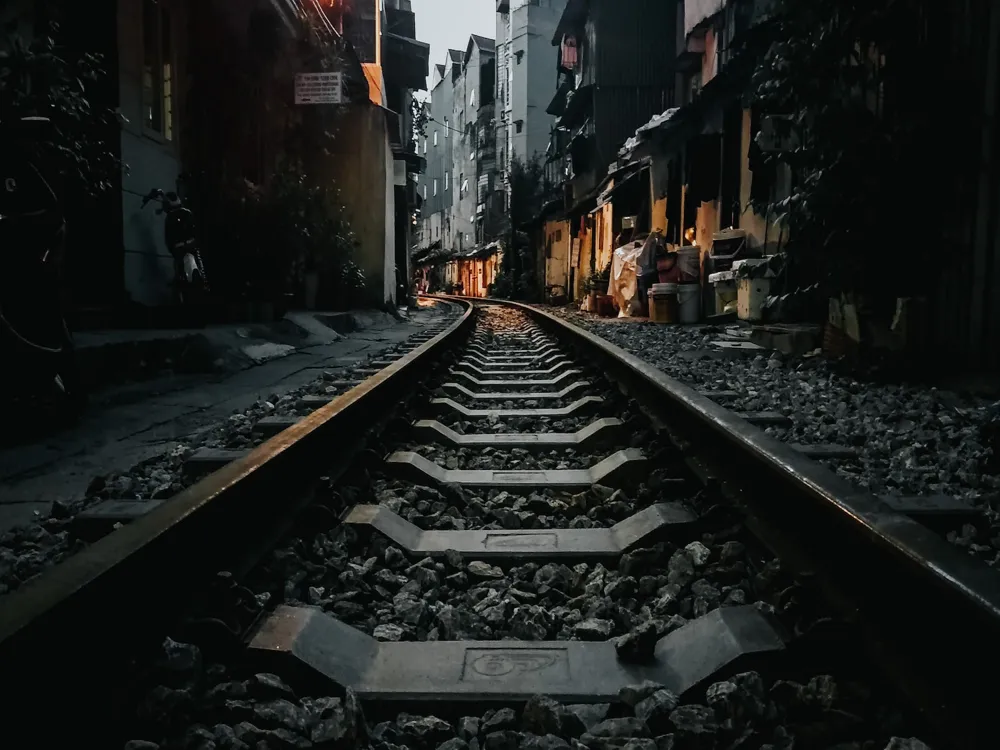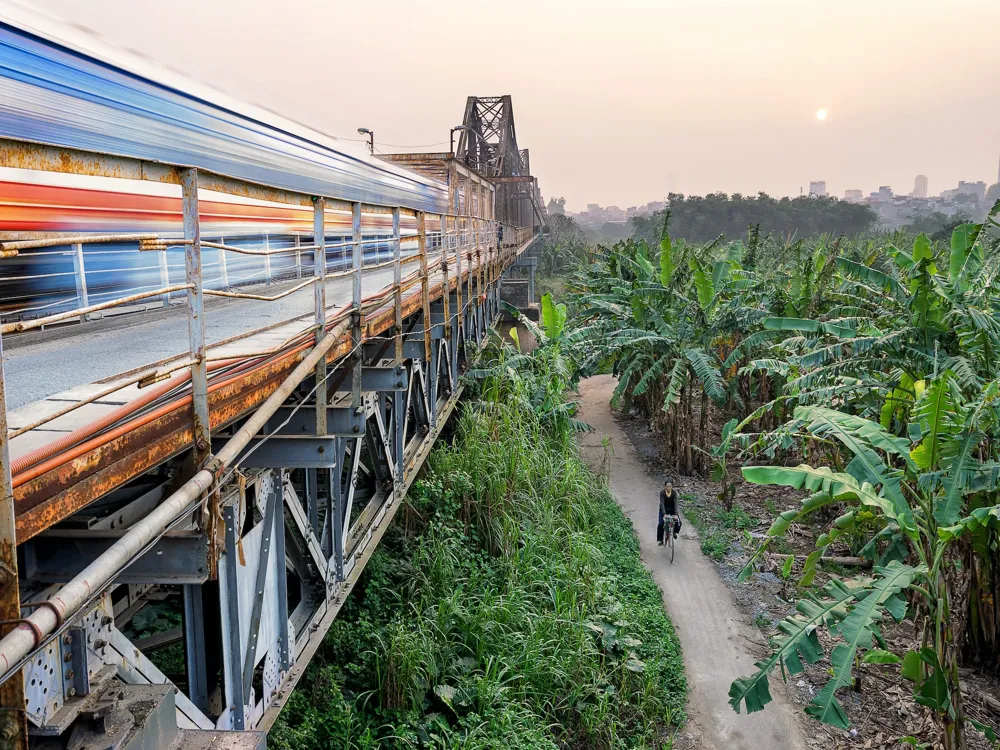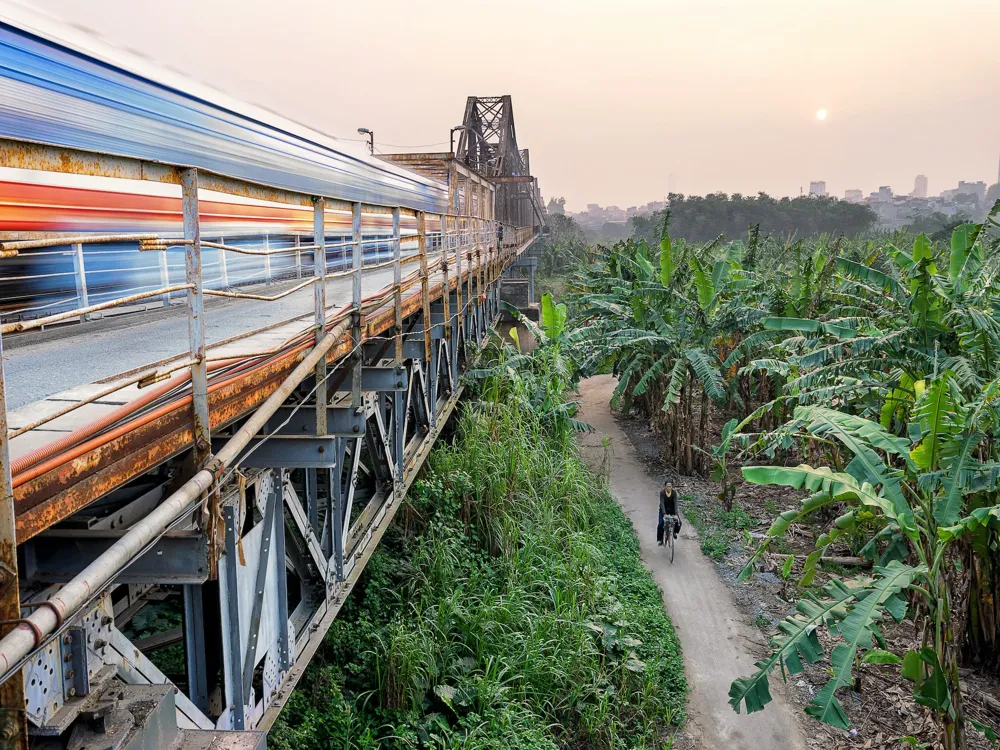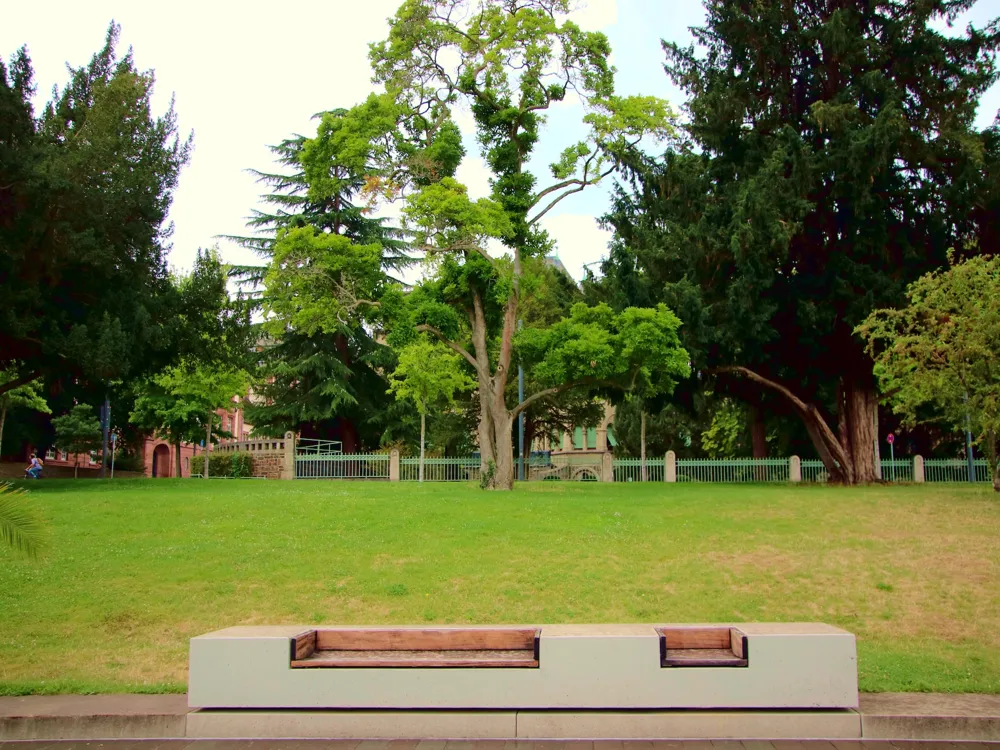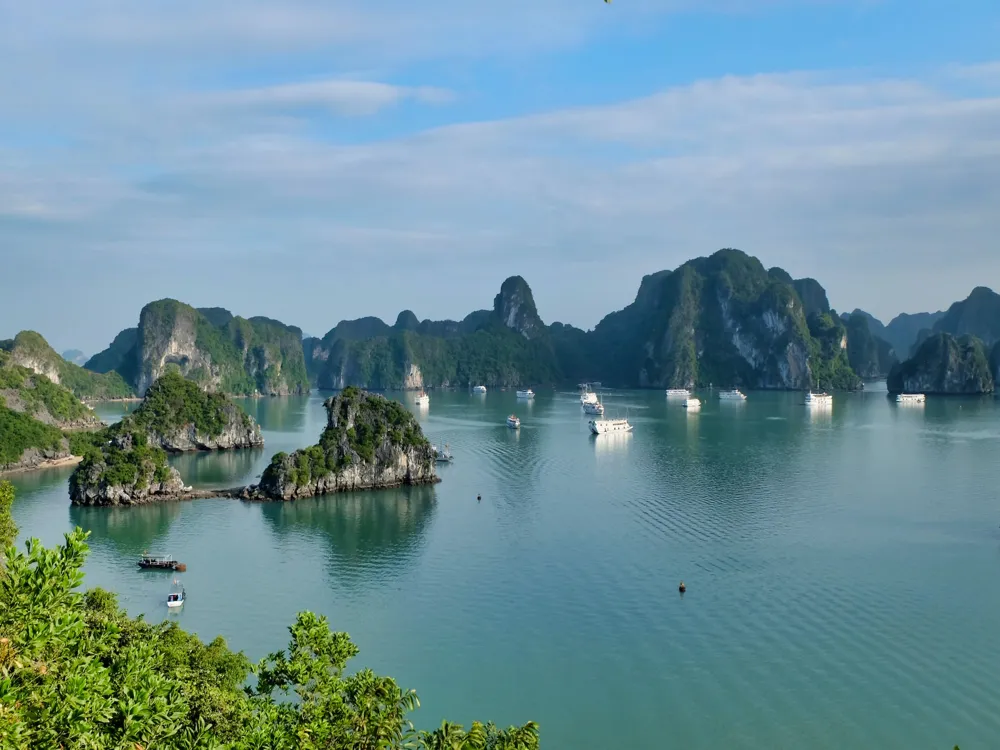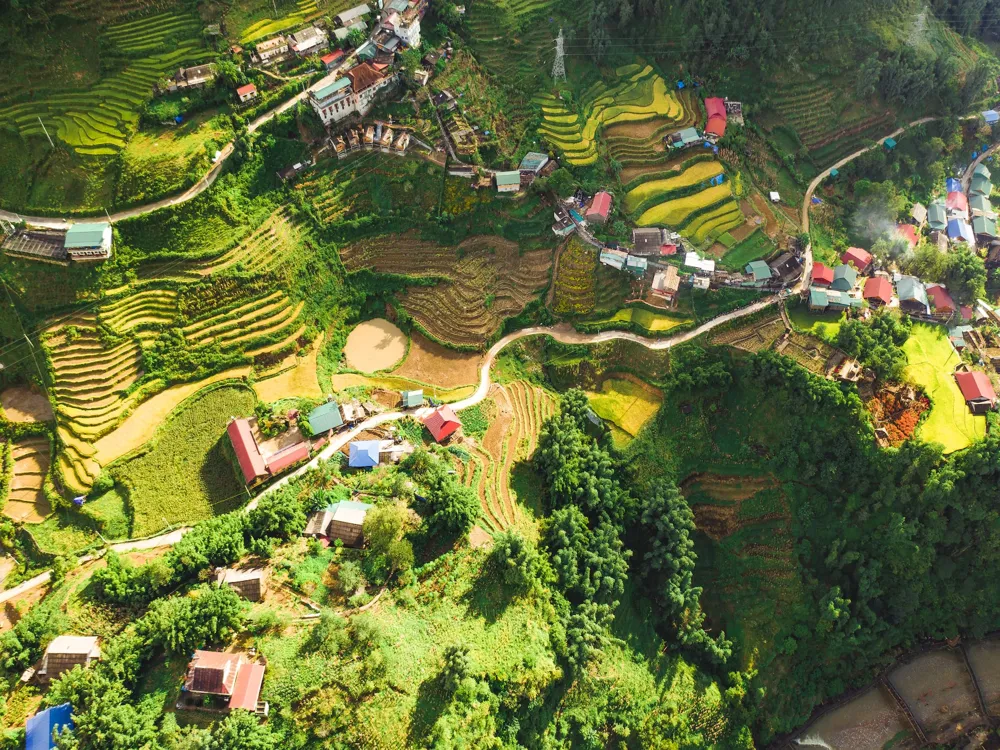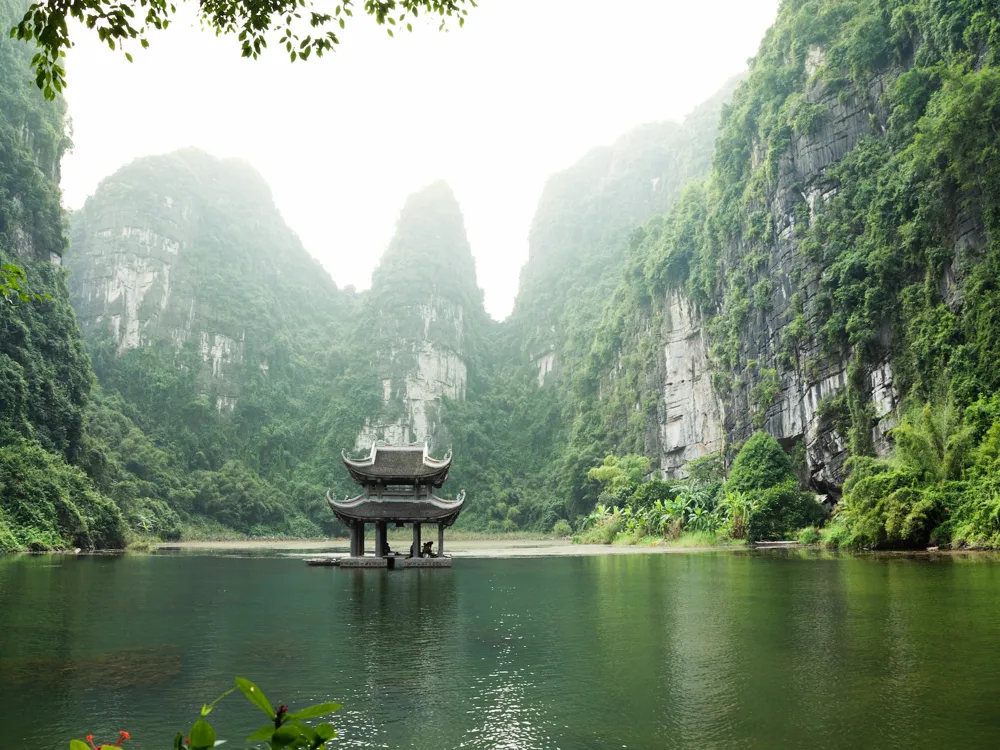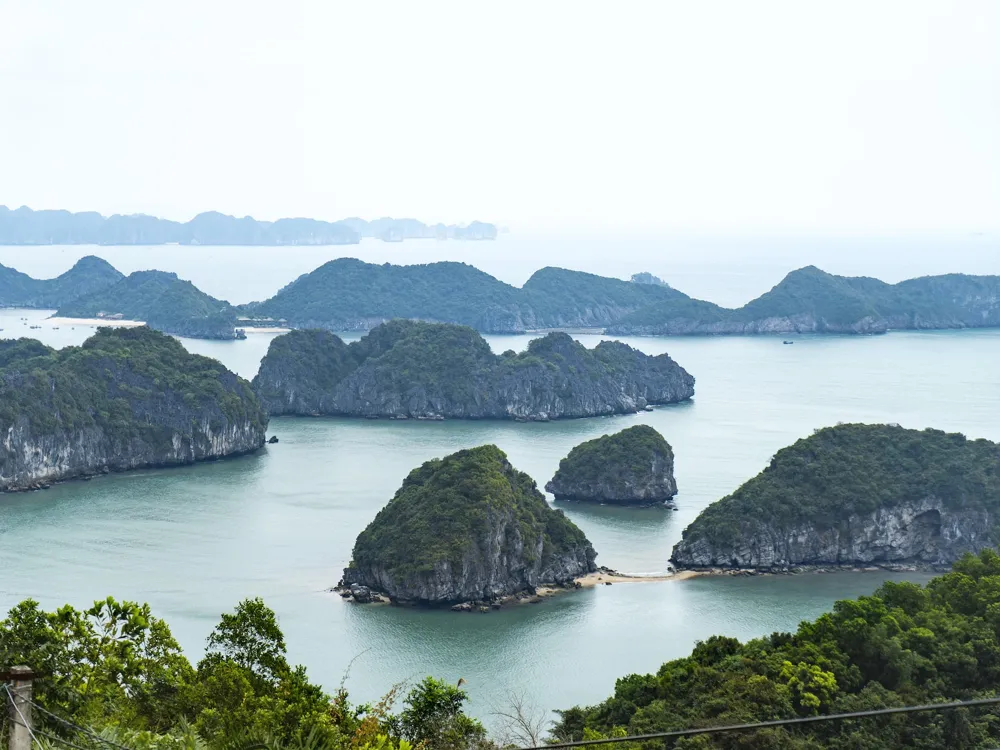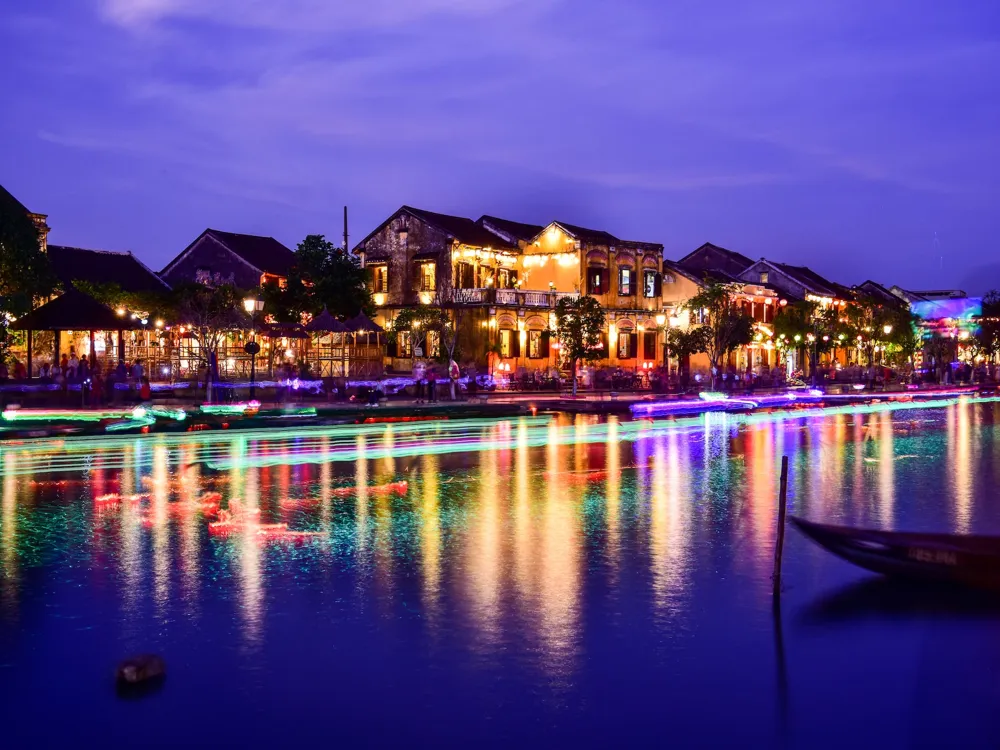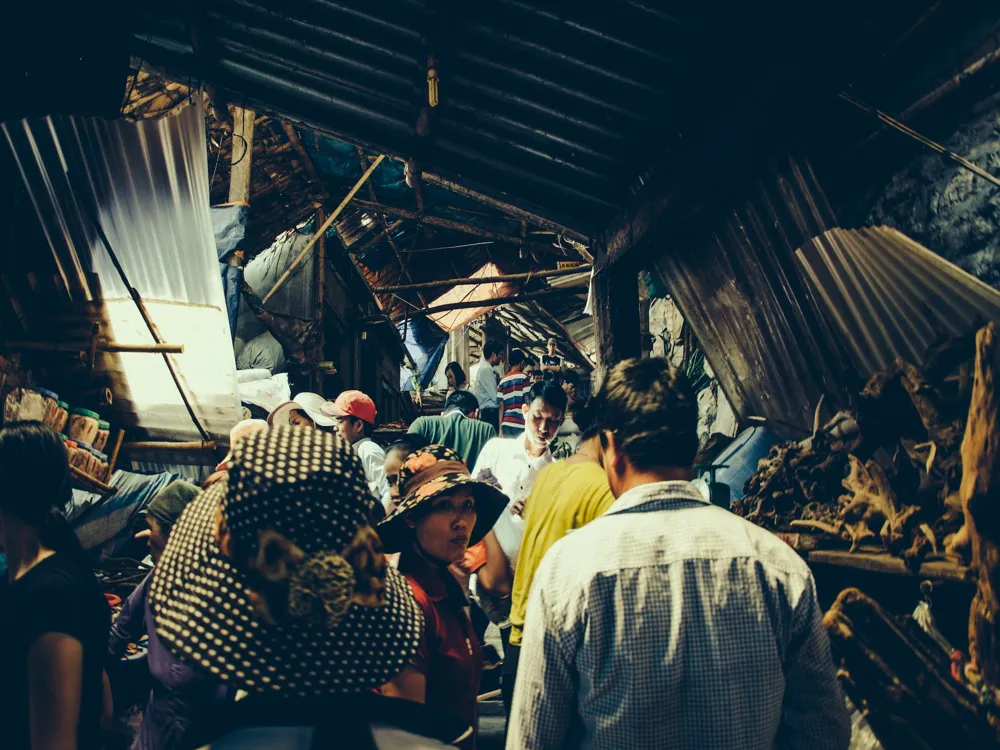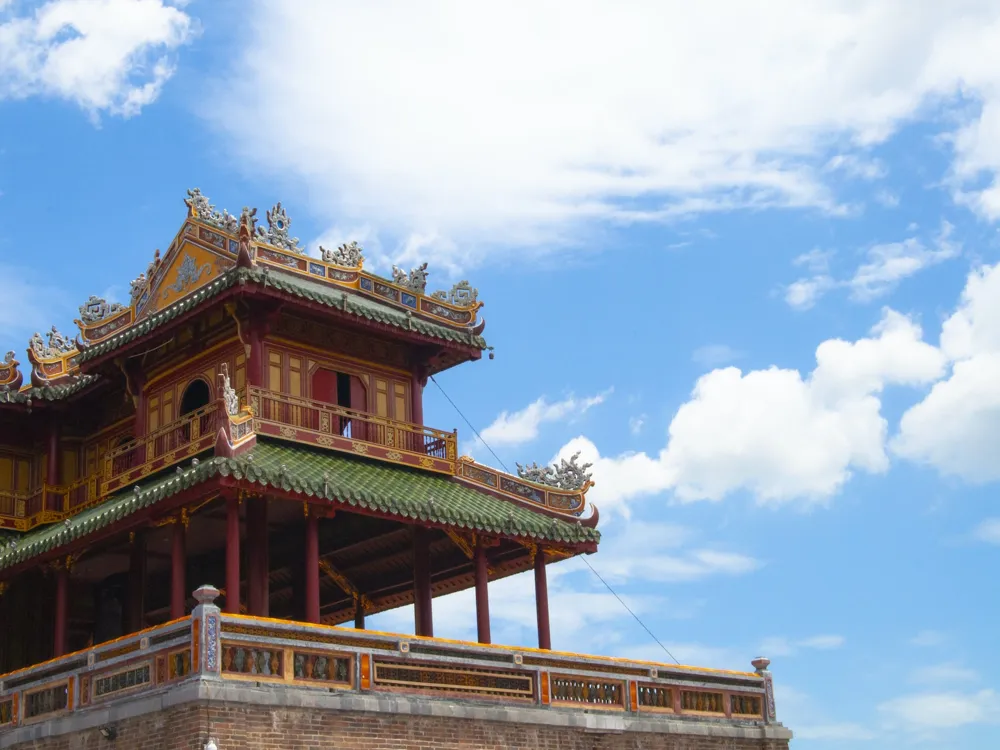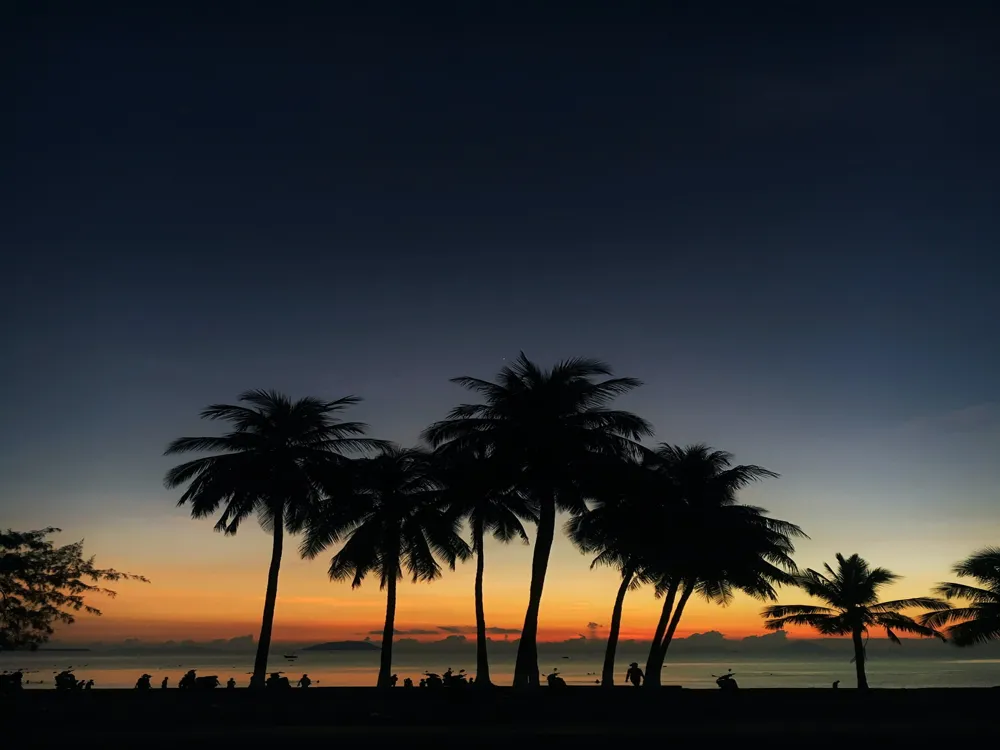The Presidential Palace of Hanoi, a remarkable architectural masterpiece, stands as a symbol of Vietnam's historical richness and cultural heritage. Constructed during the early 20th century, this iconic building has witnessed the evolution of Vietnam from a French colony to a sovereign nation. Its significance extends beyond mere architecture, representing the political and social heartbeat of the country.
Originally built to serve as the residence for the French Governor-General of Indochina, the Presidential Palace is a stunning example of French colonial architecture blended with traditional Vietnamese elements. Designed by Auguste Henri Vildieu, the renowned French architect, the palace sprawls over an expansive area, showcasing an elegant yellow facade that has become a hallmark of Hanoi's landscape. The surrounding gardens and lush greenery further enhance its beauty, creating a serene environment amidst the bustling city.
Over the years, the Presidential Palace has played host to numerous significant events and has been a witness to pivotal moments in Vietnam's history. It stands not just as a building but as a repository of stories, struggles, and triumphs of the Vietnamese people. Today, while the palace itself is not open to the public, its historical significance and architectural grandeur continue to attract tourists from around the globe, making it a must-visit landmark in Hanoi.
The palace's architecture is a testament to the fusion of European and Asian styles, with its ornate balconies, grandiose columns, and intricate decorations. The interiors, though less visible to the public, are said to exhibit a similar blend of East and West, with luxurious rooms and state halls that have hosted world leaders and dignitaries. Despite its colonial origins, the Presidential Palace has been seamlessly integrated into the fabric of Vietnamese culture and identity, symbolizing the nation's resilience and adaptability.
The Presidential Palace of Hanoi is more than just a building; it is a symbol of national pride and a beacon of Vietnamese identity. Its walls tell stories of a past era while standing firmly in the present, offering a unique glimpse into the country's complex history and rich cultural tapestry.
The Presidential Palace of Hanoi is a stunning example of French colonial architecture, blending European design principles with Vietnamese cultural influences. This architectural marvel, designed by Auguste Henri Vildieu, is a symbol of Vietnam's colonial past and its journey towards independence and modernization.
The palace's exterior is characterized by its striking yellow façade, a color that holds significant meaning in Vietnamese culture, symbolizing prosperity and power. The building is a harmonious blend of Renaissance and Beaux-Arts styles, evident in its symmetrical layout, classical columns, and ornate balconies. The roof, adorned with intricate tile work, adds an element of traditional Vietnamese design, creating a unique fusion that reflects the cultural melting pot of Hanoi.
Inside, the Presidential Palace is equally impressive. Though the interior is not open to the public, it is known to feature luxurious rooms and state halls, each adorned with elegant furnishings and decor. The use of high ceilings, grand staircases, and elaborate woodwork adds to the opulence, making it a fitting residence for the nation's leaders. The fusion of East and West continues within, with Vietnamese motifs and French elegance blending seamlessly.
Surrounding the palace are lush gardens and well-manicured lawns, offering a tranquil escape from the urban surroundings. These gardens are not just ornamental but also serve as a symbol of harmony with nature, a concept deeply rooted in Vietnamese culture. The variety of plants and trees, some native to Vietnam and others imported during the colonial era, create a biodiversity hotspot that adds to the site's charm.
The Presidential Palace's architecture is not just an aesthetic marvel but also a narrative of Vietnam's history. It stands as a testament to the country's colonial past, its struggle for independence, and its journey towards the future. This architectural gem offers a window into the soul of Vietnam, making it a must-see for anyone interested in understanding the country's rich heritage and cultural identity.
Before planning your visit, check the latest opening hours and any accessibility considerations, as certain areas of the Presidential Palace might be restricted to the public. Visitors are advised to dress respectfully, as the Presidential Palace is a site of significant historical and cultural importance in Vietnam. Consider taking a guided tour to gain deeper insights into the history and architecture of the Presidential Palace, as guides often share fascinating stories and little-known facts. While photography is allowed, be mindful of any restrictions in certain areas. Early morning or late afternoon light provides excellent conditions for capturing the stunning architecture. The area around the Presidential Palace boasts other historical sites and beautiful gardens, making it worth exploring beyond the palace itself.
The Presidential Palace of Hanoi is located in the heart of the city, making it easily accessible by various means of transportation. Visitors can opt for public transport, such as buses or taxis, which are readily available in Hanoi. For those preferring a more authentic experience, cyclos or motorbike taxis offer a unique way to travel through the city's bustling streets.
For international visitors, the Noi Bai International Airport is the nearest airport to Hanoi. From there, one can hire a taxi or take a shuttle bus to the city center. Once in the city, the Presidential Palace is within reach via a short drive or a pleasant walk, depending on your location.
Visitors should also consider the traffic conditions in Hanoi, which can be quite hectic, especially during peak hours. Planning your journey in advance and allowing extra time for travel is advisable to ensure a smooth and enjoyable visit to the Presidential Palace.
Overview of the Presidential Palace of Hanoi
Architecture of the Presidential Palace
Tips When Visiting the Presidential Palace
Check Opening Hours and Accessibility
Dress Appropriately
Guided Tours
Photography Tips
Explore the Surrounding Areas
How To Reach the Presidential Palace
Presidential Palace
Hanoi
₹ 15,260 onwards
View hanoi Packages
Weather :
Tags : Forts & Palaces
Timings : 7:30 AM - 11:00 AM, 2:00 PM - 4:00 PM
Time Required : 1 hour
Entry Fee : VND 25,000
Planning a Trip? Ask Your Question
Hanoi Travel Packages
View All Packages For Hanoi
Top Hotel Collections for Hanoi

Private Pool

Luxury Hotels

5-Star Hotels

Pet Friendly
Top Hotels Near Hanoi
Other Top Ranking Places In Hanoi
View All Places To Visit In hanoi
View hanoi Packages
Weather :
Tags : Forts & Palaces
Timings : 7:30 AM - 11:00 AM, 2:00 PM - 4:00 PM
Time Required : 1 hour
Entry Fee : VND 25,000
Planning a Trip? Ask Your Question
Hanoi Travel Packages
View All Packages For Hanoi
Top Hotel Collections for Hanoi

Private Pool

Luxury Hotels

5-Star Hotels

Pet Friendly







